Slide 1 of 13: There’s no questioning the fact that the universe is weird. Just look outside and you’ll see all manner of strange, self-reproducing flora…
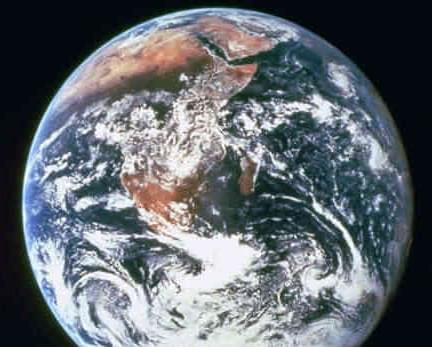


What we know about Venus so far has been gathered from several past probes.
With a slightly smaller diameter than Earth, Venus orbits closer to the Sun. This means that any water on the surface would have evaporated shortly after its formation, starting its greenhouse effect. Early and sustained volcanic eruptions created lava plains and increased the carbon dioxide in the atmosphere — starting the runaway greenhouse effect, which increased the temperature from just a little higher than Earth’s to its current high value of 475°C.
While Venus’s year is shorter than ours (225 days), its rotation is very slow (243 days) and “retrograde” — the other way round to Earth. The slow rotation is related to a lack of magnetic field, resulting in a continuing loss of atmosphere. Venus’ atmosphere “super-rotates” faster than the planet itself. Images from many missions show V-shaped patterns of clouds composed of sulphuric acid droplets.
Despite the harsh conditions, some scientists have speculated that Venus’ clouds might, at some altitudes, harbor habitable conditions. Recent measurements showing phosphine — a potential sign of life as it is continuously produced by microbes on Earth — in Venus’ clouds have been strongly debated. We need more measurements and exploration to work out where it comes from.

The tool will look into how the Sun’s magnetic field creates coronal mass ejections and other eruptions.
This Sunday China is set to launch its first dedicated solar observatory into space in order to help investigate the mysteries of the Sun, according to a report by published Nature.
The Advanced Space-based Solar Observatory (ASO-S) will be equipped with three instruments that will provide information on how the Sun’s magnetic field causes coronal mass ejections (CMEs) and other eruptions.
A mission a long time coming.
Called the Advanced Space-based Solar Observatory (ASO-S), the tool will feature three instruments that will provide insights into how the Sun’s magnetic field creates coronal mass ejections.
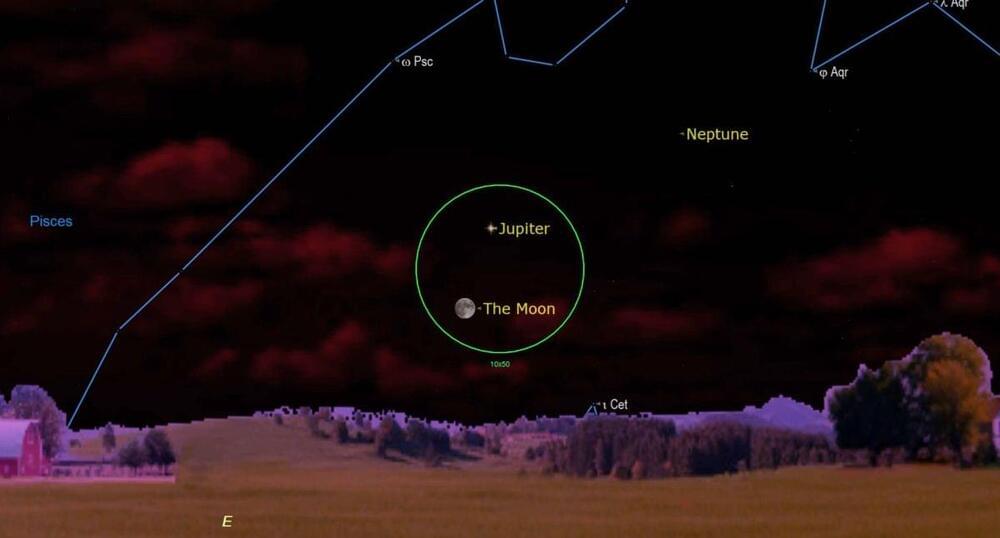
On Saturday evening (Oct. 8), should local weather conditions permit, you’ll be able to enjoy a view of a waxing gibbous moon hovering near to the “king of the planets,” Jupiter.
Both will be posed about one-quarter up in the east-southeast part of the sky as darkness begins to fall. The moon, which will be less than 24 hours from full phase — 99-percent illuminated by the sun — will be situated just below and to the left of Jupiter, a distance measuring roughly 4 degrees.
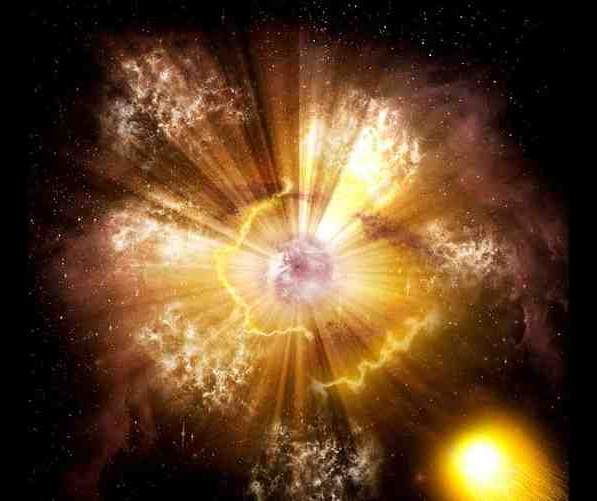
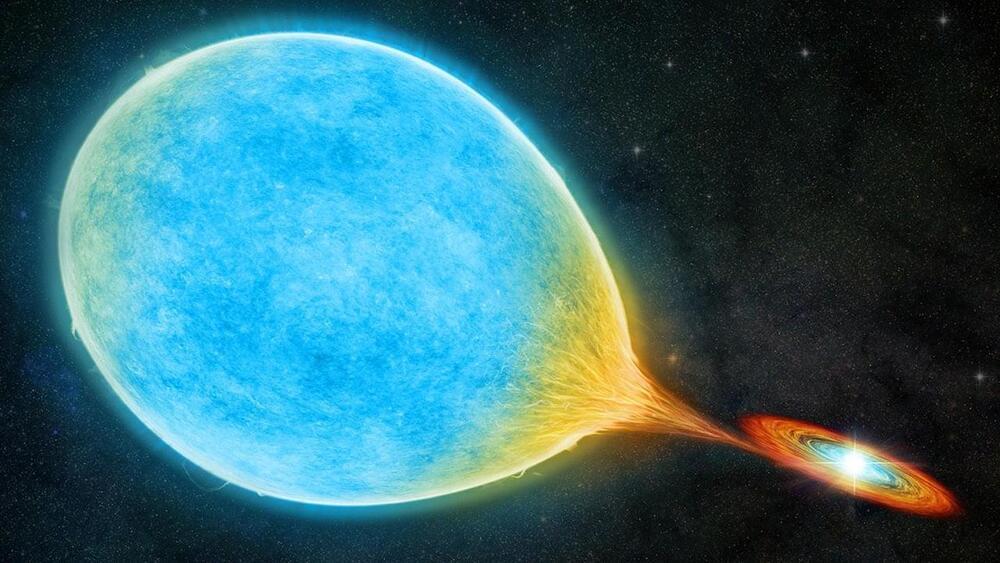
Scientists have discovered a pair of stars locked in an incredibly close orbit that circle each other once every 51 minutes — and according to the results of a new study, they are only going to speed up.
The universe is a chaotic place when it comes to orbital mechanics. Our solar system, when viewed in relation to the rest of the cosmos, is a little vanilla. We have our central star — the Sun — which is orbited by eight major planets that are in turn are escorted through the heavens by a plethora of moons and rings of varying levels of impressiveness.
However, astronomers have discovered that roughly half of the stellar systems in our Milky Way are actually comprised of multiple stars that are gravitationally bound to one another. The Alpha Centauri system — which is the closest neighboring stellar population to our Sun — is in fact a collection of three stars that orbit one another roughly 4 light-years from Earth.
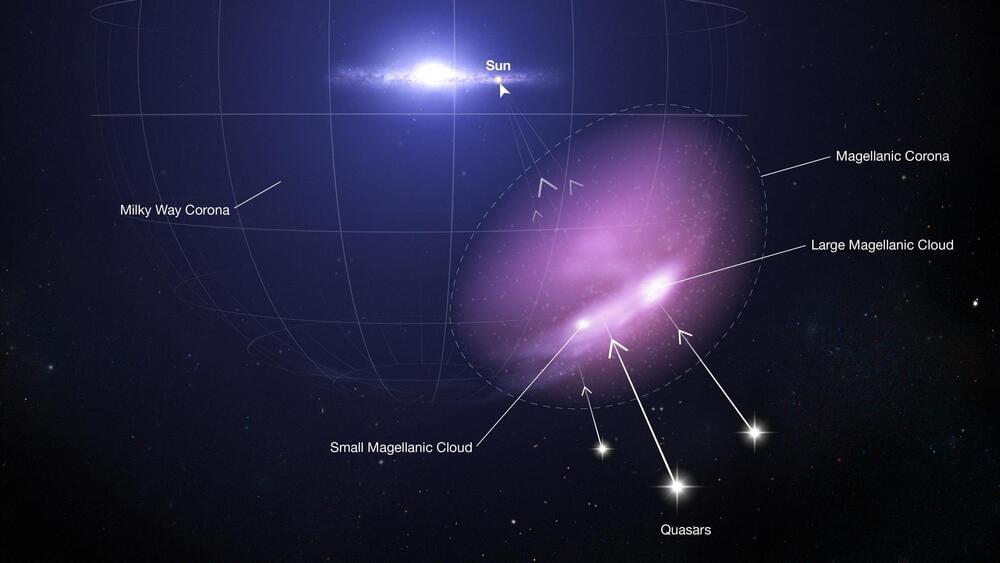
For billions of years, the Large and Small Magellanic Clouds – the Milky Way’s largest satellite galaxies – have followed a perilous journey. Orbiting one another as they are pulled in toward our home galaxy, they have begun to unravel, leaving behind trails of gaseous debris. And yet these dwarf galaxies remain intact, with ongoing vigorous star formation, leaving astronomers baffled.
“A lot of people were struggling to explain how these streams of material could be there,” said Dhanesh Krishnarao, assistant professor at Colorado College. “If this gas was removed from these galaxies, how are they still forming stars?”
A team of astronomers led by Krishnarao has finally found the answer, with the help of data from NASA.
Comparing his experience to Jodie Foster’s character in the movie Contact, Shatner added, “I discovered that the beauty isn’t out there, it’s down here, with all of us. Leaving that behind made my connection to our tiny planet even more profound.”
In the excerpt, Shatner wrote that he later learned he “was not alone in this feeling,” which is called the “Overview Effect” and is “not uncommon among astronauts.”
Never miss a story — sign up for PEOPLE’s free daily newsletter to stay up-to-date on the best of what PEOPLE has to offer, from juicy celebrity news to compelling human interest stories.

These days when we are struggling with the pandemic, even breathing with peace of mind has become challenging. Especially the form of the mammalian respiratory system, requiring inhalation and exhalation, leaves us more vulnerable to the propagation of viral diseases.
But now, a group of South Korean artists, Bongkyu Song of BKID and Moon&Jeon, has devised a metal lung concept that uses algae to convert carbon dioxide into oxygen. This device named Super Lung is inspired by the respiratory system of birds. Moreover, its designers assert that this concept increases mammalian respiratory efficiency by 300%. But how?
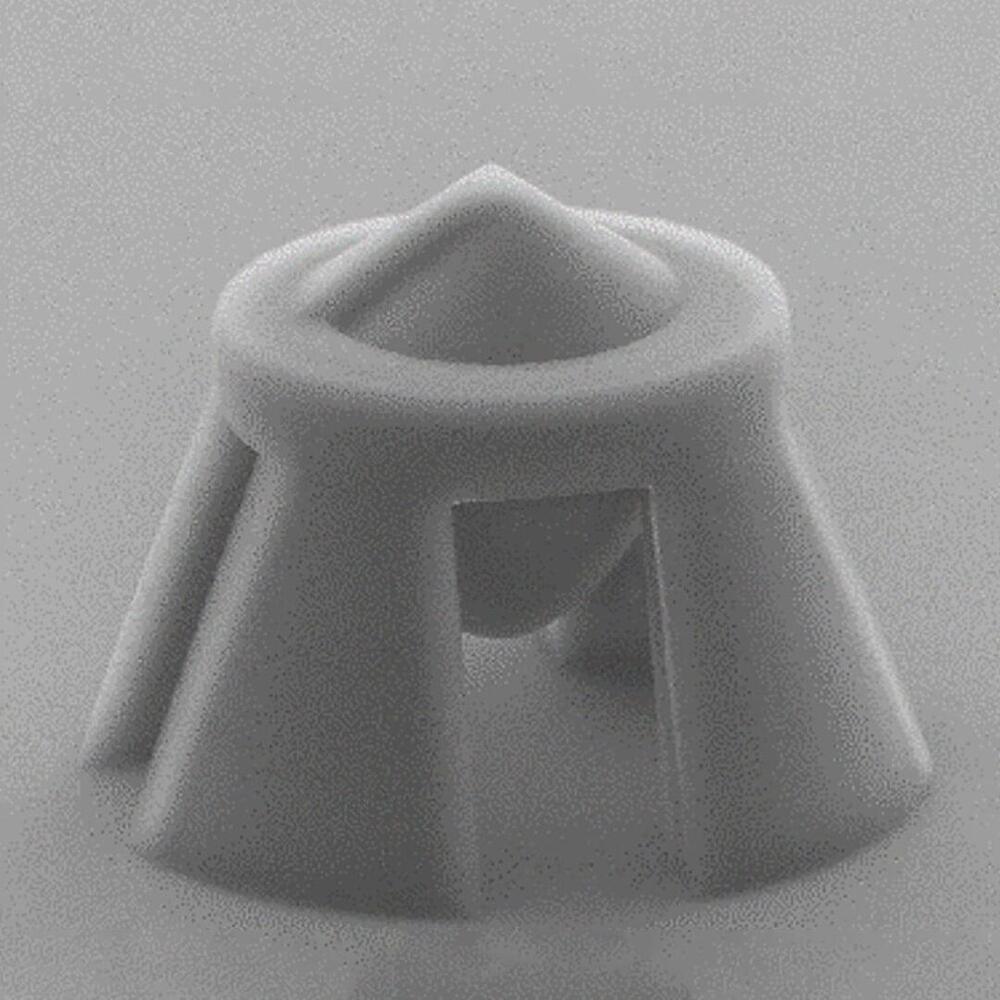
Researchers have shown that 3D laser printing can be used to fabricate a high-quality, complex polymer optical device directly on the end of an optical fiber. This type of micro-optical device—which has details smaller than the diameter of a human hair—could provide an extremely compact and inexpensive way to tailor light beams for a variety of applications.
“Communication technologies, the internet and many other applications are based on optical fibers,” said research team leader Shlomi Lightman from Soreq Nuclear Research Center in Israel. “When light comes out of the fiber, large bulky optical elements are typically used to route it to the next location. Our approach minimizes both the size and cost for this process by integrating the routing process into the fiber itself.”
In the journal Optics Letters, Lightman and colleagues describe how they fabricated the tiny multi-component beam shaper directly onto a fiber. The device turns normal laser light into a twisted Bessel beam that carries orbital angular momentum and doesn’t expand in space like typical light beams.